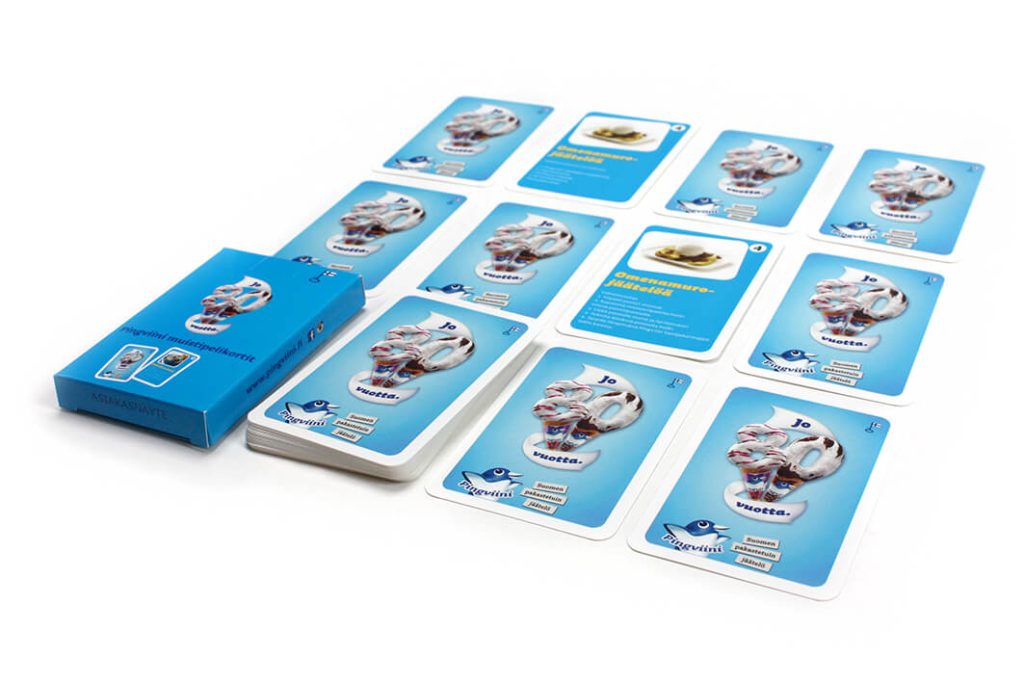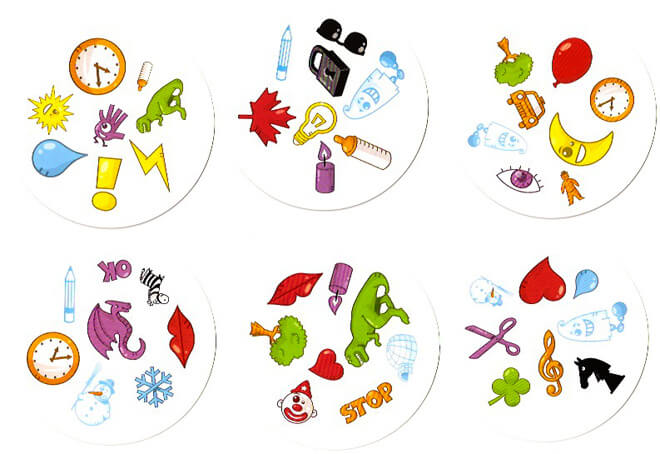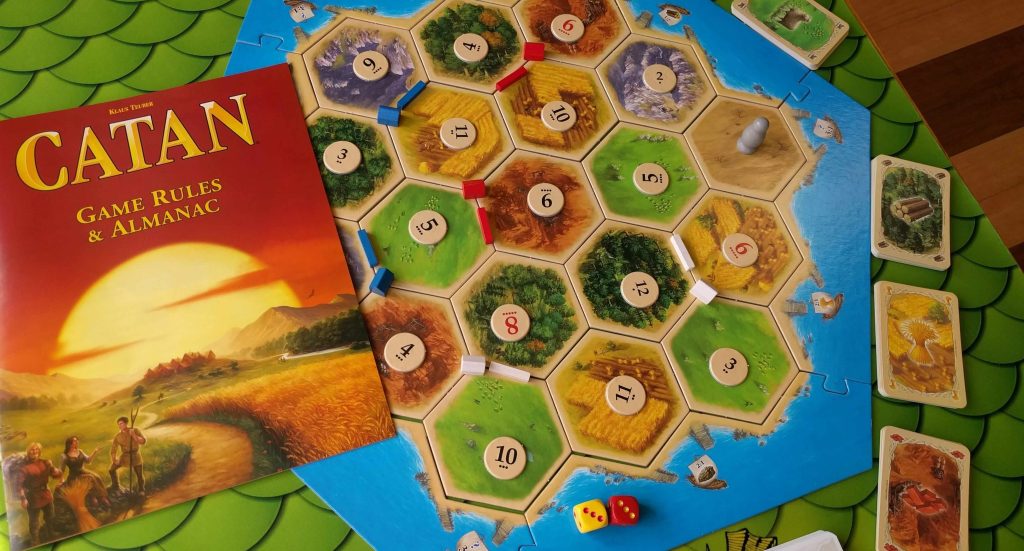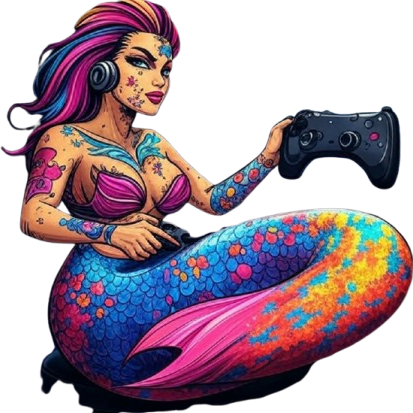A stroke is a severe neurological condition that disrupts blood flow to the brain. For many, it’s a life-altering challenge, but modern rehabilitation approaches, including games after stroke, offer hope. These games help activate neuroplasticity, increase motivation, and encourage consistency in exercises, complementing traditional recovery methods like physical therapy and speech therapy. In this article, we’ll explore how games after stroke impact the rehabilitation process, what data supports their effectiveness, which formats you can use, and how to adapt them to different cases.
This article is for informational purposes only and is not a substitute for medical advice. Consult a doctor (neurologist or rehabilitation specialist) before using games after stroke. The authors are not responsible for any consequences of applying the methods described without professional guidance.
How Games Help with Rehabilitation After Stroke
The Mechanism of Neuroplasticity and Repetition
The brain has a remarkable ability to rewire its neural connections—a process known as neuroplasticity. After a stroke damages part of the brain, other areas can gradually take over lost functions. This requires regular, targeted effort. Games after stroke provide these repetitive actions in a structured, engaging format, helping to train both motor and cognitive skills.
Motivation and Emotional Support
Traditional rehabilitation exercises can feel monotonous, leading to fatigue and waning interest. Games after stroke address this by incorporating gamification elements that make sessions more appealing, reducing stress and sustaining the drive to keep going. Achieving small goals—like completing a task or improving a score—brings satisfaction and reinforces confidence in recovery.
Comprehensive Skill Training
Games after stroke combine various tasks: from simple movements to build fine motor skills to complex exercises for memory, attention, and planning. Many also involve interaction, which supports speech recovery and social reintegration.
Psychological Benefits
After a stroke, people often face isolation, anxiety, or depression. Playing games after stroke with family or friends fosters a sense of connection, lowers the risk of depression, and improves emotional well-being—key factors in overall rehabilitation.
Statistics Confirming the Effectiveness of Games After Stroke for Recovery
Research shows that rehabilitation after stroke using games significantly contributes to recovery, particularly for upper limb function and cognitive abilities. Here’s the evidence with context:
- A study followed a group of 8 chronic stroke patients (average age 58, over a year post-stroke). After 10 weeks of robotic therapy with the “RehabGame” system, 25% showed moderate improvement on the Fugl-Meyer scale (assessing arm motor function) by 5–10 points, while 12.5% made significant gains in the Box and Blocks test (fine motor skills) by 8–12 objects.
- The same study’s correlation analysis found that average movement strength in games aligned with clinical scales at 0.677 < Ρ < 0.869, while errors correlated at -0.670 < Ρ < -0.585 (fewer mistakes = better control).
- According to the European Federation of Neurorehabilitation, gamified rehabilitation boosts patient engagement by 15–20% and improves outcomes compared to traditional methods, especially for those with limited arm mobility.
- eClinical Medicine reports that 24% of participants in a “Self-Gaming” group and 37% in a “Tele-Gaming” group completed a video game therapy course (≥15 hours), outperforming standard approaches by 10–15%.
- PubMed data indicates that 82% of studies involving gaming consoles noted significant positive effects on coordination and motivation in stroke survivors.
Clearly, games after stroke enhance traditional rehabilitation methods.
The Best Games for Recovery After Stroke
Games after stroke are chosen based on goals: improving motor skills, memory, speech, or other abilities. Below are detailed descriptions of popular options, focusing on their benefits and practical use. These are widely available in English-speaking countries, come with clear rules, and can be adapted to various conditions.
Board Games for Memory and Attention
- Memory: A classic game where players match pairs of identical images from face-down cards. It’s a simple yet effective way to train short-term memory and focus. For those with limited hand mobility, use larger-card versions or reduce the set (e.g., start with 6–8 pairs instead of 20). Gradually increasing the challenge tracks cognitive progress. It works for solo play or with loved ones, adding emotional support. Available at most game stores or online (e.g., Amazon).
- Uno: A card game with straightforward rules—discard cards by matching color or number. It builds visual-spatial skills, attention, and reaction speed. For stroke survivors, it doubles as fine motor practice: holding, selecting, and placing cards. If handling cards is tough, use a cardholder or have someone assist with placement while you decide. It’s affordable, versatile, and sold widely at retailers like Walmart or Target.
Want to play Uno with family but don’t know how? Check out the official rules online for a quick guide.

Simple Card Games
- Spot It!: A set of round cards with various symbols; the goal is to spot a matching symbol between your card and another’s faster than anyone else. This game after stroke sharpens information processing, eye-hand coordination, and concentration. Its portable size makes it easy to carry, and multiple modes (like “Tower” or “Well”) allow difficulty adjustments. For those with weaker motor skills, reduce the card count or team up with someone to flip them. Regular play boosts reaction time and visual perception. Rules are in the box or on the manufacturer’s site.
- Taboo: Players describe words without using related terms while others guess. It’s a powerful tool for rebuilding speech and quick thinking, especially for aphasia. Adapt it by skipping the timer, allowing gestures, or adding hints to ease the load. Great for group play, it enhances communication and social skills, with varied cards keeping it fresh.

Games for Speech Recovery
Scrabble or Boggle: Classic word-building games. Scrabble involves placing words on a board with bonus squares, while Boggle challenges players to find words in a letter grid within a time limit. Both restore vocabulary, improve articulation, and train cognition. Post-stroke, especially with aphasia, simplify rules: allow hints, remove the timer, or play as a team. Large-letter or magnetic versions ease handling. These games after stroke support long-term language recovery.
Logic and Strategy Games
- Carcassonne: A board game where players lay tiles depicting roads, cities, and fields to build a map, placing pieces to score points. It hones planning, spatial reasoning, and counting—crucial for cognitive rehabilitation after stroke. Games last 30–60 minutes, ideal for those ready for more complex tasks. If motor skills are limited, family can move tiles while you strategize. Available in a base version or with expansions for variety at specialty game stores.
- Settlers of Catan: A strategy game about developing settlements through resource collection and trading. It demands focus, memory, and forward-thinking, making it perfect for rebuilding advanced cognitive skills. Sessions (1–2 hours) suit those up for a challenge, and its social nature (chatting and negotiating) aids speech practice. Simplify by shrinking the board or using open hints.
- Clue: A detective game where you deduce the murderer, weapon, and location. It sharpens logic, detail-oriented thinking, and memory as players track moves and eliminate options. After a stroke, it boosts focus and analysis. Opt for larger cards or pieces, and adjust game length with fewer players.

Active and Digital Games
- Nintendo Wii, Xbox Kinect: Motion-sensing consoles with simulations like tennis, bowling, or golf. These games after stroke promote activity, enhancing coordination, balance, and upper body strength. Start with basic motions (e.g., arm swings) and ramp up difficulty. They adapt to your level, with visual feedback keeping you motivated. Available for home use but require setup and equipment from electronics retailers.
- VR Serious Games: Specialized programs often found in rehab centers. Using sensors and virtual reality, patients tackle tasks like grabbing objects or navigating courses. They offer precise progress tracking (e.g., arm bend angle or reaction speed), valuable for doctors and patients. These games after stroke excel with regular use but need professional oversight and gear.
Comparison of Popular Games After Stroke
| Game | Goal | Difficulty | Availability |
|---|---|---|---|
| Memory | Memory, focus | Low | Game stores, Amazon |
| Uno | Motor skills, reaction | Low | Walmart, Target |
| Spot It! | Coordination, speed | Medium | Specialty game shops |
| Scrabble | Speech, vocabulary | Medium | Online, retail stores |
| Carcassonne | Planning, counting | High | Game retailers |
| Nintendo Wii | Mobility, balance | Medium–High | Electronics stores |
Tips for Adapting and Organizing Game Sessions
Rehabilitation after stroke with games needs a thoughtful approach. Here’s a step-by-step guide:
- Step 1: Start Simple. Pick games with minimal actions (flipping a card, moving a piece) to avoid discouragement.
- Step 2: Gradually Increase Effort. Add complexity (more cards, a timer) as skills improve.
- Step 3: Manage Time. Begin with 10–15 minutes daily to prevent fatigue, extending to 30 minutes if tolerated.
- Step 4: Involve Loved Ones. Joint games after stroke amplify benefits through emotional support and interaction.
- Step 5: Consult a Doctor. A rehabilitation specialist or neurologist can recommend games matching your motor and cognitive capacity.
- Step 6: Combine Methods. Games after stroke enhance, but don’t replace, physical therapy, speech therapy, and other approaches.
FAQ
No, standard board games like Memory or Uno work well if tailored to your needs. Specialized sensor-based options provide more data but aren’t essential.
No, they complement core methods—physical therapy, speech sessions, and physiotherapy. Their strength lies in motivation and extra practice.
Choose games with larger pieces or play with a helper who moves items while you make choices.
Yes, solo options (puzzles, digital exercises) exist, but group games after stroke offer more social and emotional benefits.
Progress varies by consistency and condition. Stroke (2018) studies show gains after 6–10 weeks with 3–5 weekly sessions of 15–30 minutes.
Common pitfalls: overdoing it early, skipping doctor input, or ignoring fatigue. Start slow and monitor how you feel.
